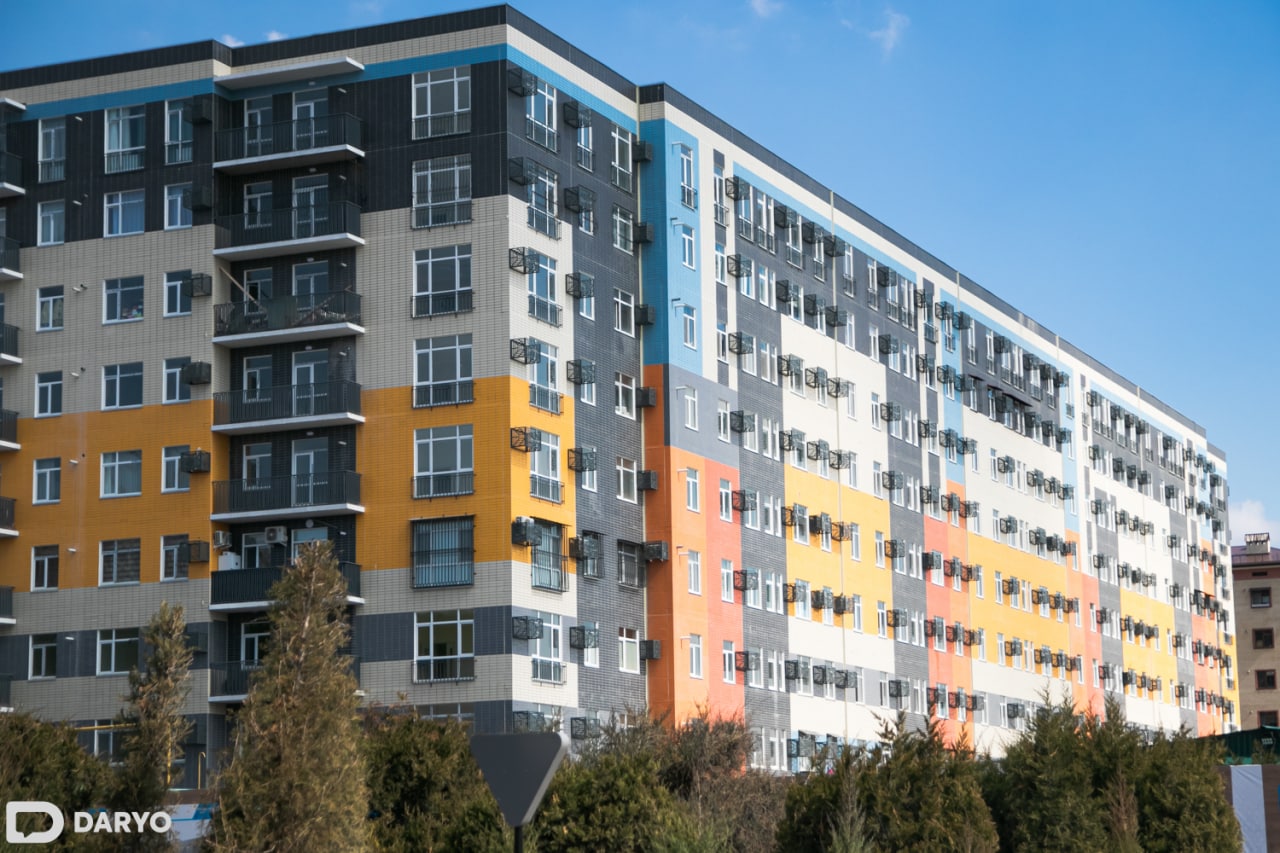The Uzbekistan real estate market saw a slight slowdown in activity during the second quarter of 2024 compared to the same period last year. The typical growth in the number of transactions, characteristic of this time of year, was absent. Instead, the number of transactions remained consistent with the first quarter of 2024. Specifically, 80.1 thousand contracts were concluded in April-June, slightly down from 80.2 thousand in the first quarter.

Regional Variations in Transaction Activity
Significant declines in transactions were noted in several key regions:
- Tashkent: -8%
- Bukhara: -10%
- Tashkent Region: -12%
- Navoi: -26%
These decreases are notable in regions that previously experienced high transaction volumes, often driven by rapid price increases.
Housing Supply and Demand Dynamics
The stabilization in the real estate market is partly attributed to an increase in housing supply. Residential properties purchased in previous periods are increasingly being listed on the secondary market or offered for rent. Since the beginning of the year, advertisements for secondary housing sales have risen by 12.7%, while rental listings have surged by 18.4%.
Price Trends in the Real Estate Market
The second quarter of 2024 marked a slowdown in the growth of residential real estate prices. Monthly price growth rates were lower than those observed in the same period last year. Over the first six months of 2024, housing prices on the secondary market increased by 4.5% in soum terms, compared to 11.8% during the same period in 2023. In the primary market, prices rose by 7.2%, down from 10.9% in the first half of 2023.
Despite the slower growth, year-on-year price increases remain substantial:
- Secondary market prices: Up by 26.3% in soum terms (14.7% in dollar terms) by the end of June.
- Primary market prices: Up by 35% in soum terms (22.5% in dollar terms) on an annual basis.
The rental market also exhibited subdued activity. Since the beginning of the year, rental prices have shown a downward trend, with Tashkent experiencing a more pronounced decline compared to other regions. In June, the annual growth of the rental cost index in the republic was 12.3% in soum terms (2.1% in dollar terms). In Tashkent, the rental cost index decreased by 1.2% year-on-year (a 10.3% decrease in dollar terms).
Government and Central Bank Measures
The Uzbek government’s programs aimed at increasing housing affordability, such as targeted mortgage provisions, and the macroprudential measures implemented by the Central Bank are expected to support further stabilization in the real estate market.
Construction Sector and Building Materials
The construction sector, especially residential construction, has seen significant expansion in recent years. Central Bank surveys indicate that 15-20% of respondents have either made or planned to make home renovation expenditures, while another 8% planned to purchase an apartment.
From 2021 to 2023, investments in residential construction by the population amounted to UZS 71.8 trillion ($6.4bn), showing the high demand in this sector. Consequently, the domestic market's supply of building materials has grown, stabilizing prices and exerting downward pressure on housing prices in the primary market.
However, certain construction materials are still dominated by imported components, such as timber, ferrous metals, and paints. Despite this, there is a trend towards reducing imports for basic building materials.
Comments (0)